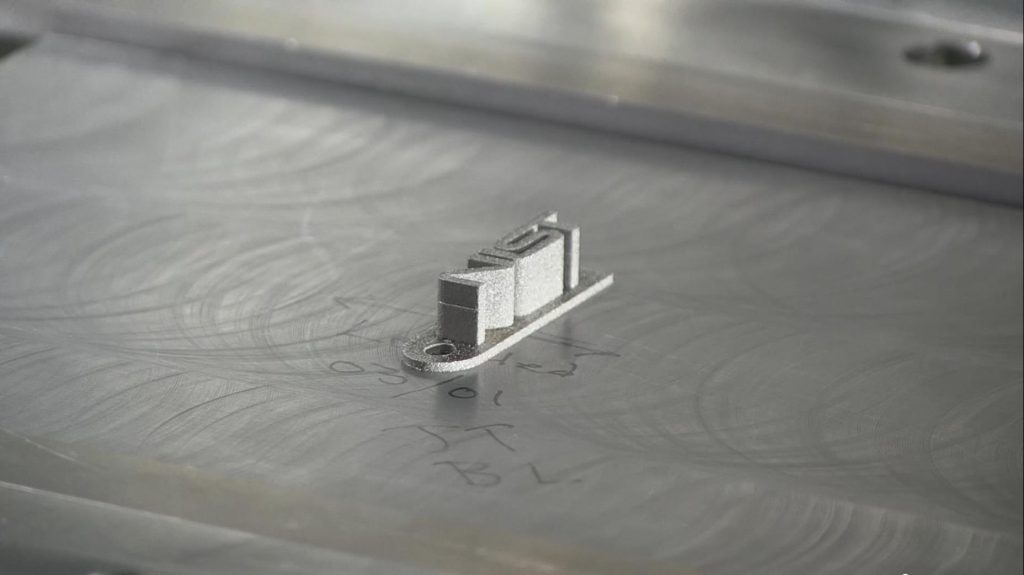Sigma Labs, developer of PrinteRite3D quality inspection software, has entered a Cooperative Research and Development Agreement (CRADA) with the U.S Department of Commerce’s National Institute of Standards and Technology (NIST).
The CRADA’s focus is to characterize and asses the impact of recycled powders used in Laser Powder Bed Fusion (LPBF) processes.
The study is reportedly the first of its kind to combine in-situ monitoring and mechanical property characterization to asses the effect of recycled powder for 3D printing.

Asking additive’s pertinent questions
Sigma’s PrintRite3D technology is a software and data collection platform for inspection, feedback, data collection and critical analysis of metal 3D printed components. Applied in the build and at the post processing stage, parts made using PrintRite3D benefit from early defect detection, scrap reduction, increased yield, and precise control.
For these reasons, the PrinteRite3D suite is especially valuable to the aerospace industry. Honeywell Aerospace is one Sigma’s most high profile contracts.
Further, Sigma’s inspection expertise is perfectly aligned with the work undertaken at NIST’s Additive Manufacturing Metrology Testbed (AMMT). Focused on LPBF, the AMMT seeks to answer pertinent questions associated with additive, as previously discussed by NIST’s Brandon Lane and Steven Grantham, “which measurement tools can best acquire the key physical information about the process? What do these measurements say about the quality of the AM build process? How can we determine the quality of those measurements?”
More efficient and reliable
LPBF systems are made cost and energy efficient by the ability to recycle powders. Usually, build chambers contain a mixture of recycled and fresh “virgin” powder. Recycled powder however has different properties to the virgin powder, as it has already been through the melt process.
With PrintRite3D INSPECT® software, NIST and Sigma hope to understand how changes in the powder translate into build-chamber behaviours and a finished 3D printed part.
Data gathered in the study will be shared with the additive manufacturing community through journal articles, and via the NIST AM Material Database.
Mark Cola, President and Chief Technology Officer at Sigma Labs, comments, “Using our PrintRite3D technology will enhance NIST’s interlaboratory round-robin studies to provide much needed and currently unavailable scientific in-situ data on the impacts that different build layouts or recycled powder have on the LPBF AM process and its variability,”
“With this knowledge, we can help to improve the efficiency and reliability of the process so that the AM community can take full advantage of its desirable material and cost savings.”

For materials partnerships and more, subscribe to the 3D Printing Industry newsletter in the industry, following us on Twitter, and liking us on Facebook.
Join 3D printing jobs now for new opportunities near you.
Vote in the 2018 3D Printing Industry Awards for your materials and technologies of the year.
Featured image shows the metal 3D printed NIST test artifact. Photo via NIST


